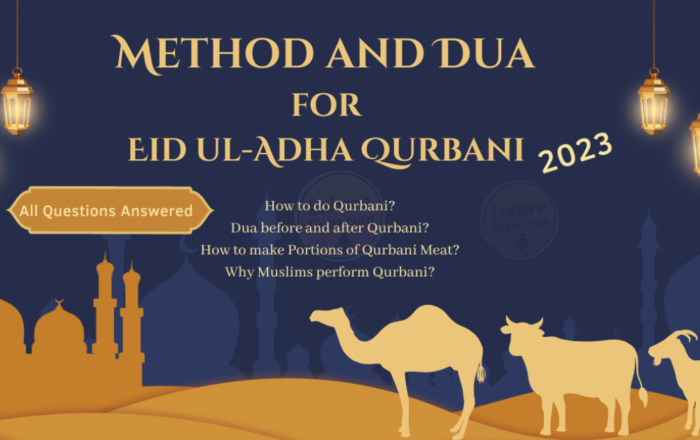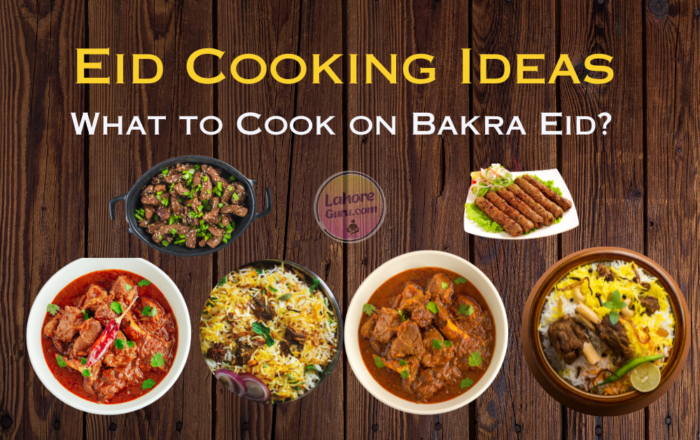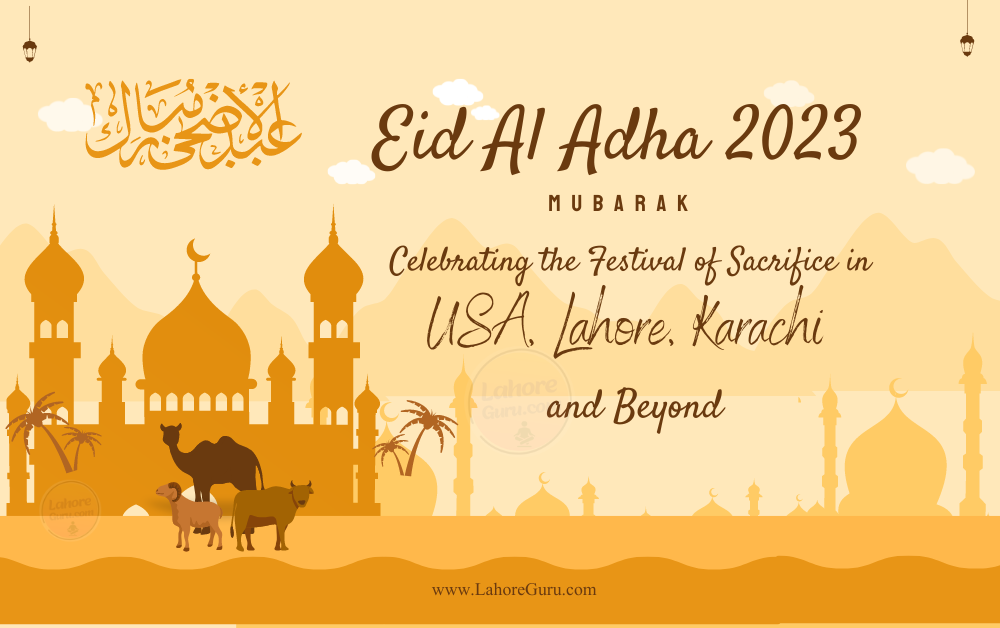Introduction
Eid ul-Adha, also known as the Festival of Sacrifice, is a significant Islamic event that commemorates Prophet Ibrahim’s willingness to sacrifice his son as an act of obedience to God. As part of this observance, Muslims around the world engage in the sacred ritual of animal sacrifice, known as Qurbani. This blog post aims to shed light on the method and dua for Eid-ul-Adha qurbani, while emphasizing the importance of the dua or prayer recited before and after performing Qurbani and how many shares to make of qurbani meat.
The Significance of Qurbani
Qurbani, derived from the Arabic word “qurban,” meaning sacrifice, holds great spiritual and symbolic value for Muslims. It serves as a way to express gratitude, seek closeness to Allah, and share in the blessings of Eid-ul-Adha. The act of sacrificing an animal during this period is considered an act of devotion and selflessness.
The Method of Animal Sacrifice or Qurbani
Performing the Qurbani ritual involves adhering to specific guidelines and procedures. Here is a step-by-step breakdown of the process:
1. Intention (Niyyah):
Before commencing the sacrifice, it is essential to make a clear and sincere intention for the sake of Allah, acknowledging that the act is being performed as an act of worship and obedience.

2. Selection of Animal: The animal to be sacrificed must meet certain criteria, including age, health, and quality. It is crucial to ensure that the chosen animal is free from any defects and meets the Islamic requirements for sacrifice.
3. Dua before Sacrifice:
Just before carrying out the sacrifice, it is recommended to recite the following dua (prayer);
Translation: “Bismillah, Allahu Akbar. Allahumma minka wa laka (animal’s name) Bismillahi Allahu Akbar.”
By reciting this dua, Muslims acknowledge the divine significance of the act and offer it as an offering solely for the sake of Allah.
4. Slaughtering the Animal:
The person performing the sacrifice should hold a sharp knife and swiftly sever the animal’s throat while ensuring minimal pain and suffering. The animal should be handled with utmost care and compassion throughout the process.
Distribution of Meat:
After the animal has been sacrificed, one of the essential aspects of the Qurbani ritual is the distribution of meat. This act of sharing holds immense significance and reflects the spirit of generosity and compassion ingrained in Eid ul-Adha. Once the animal has been slaughtered and prepared, the meat is divided into three parts.
1. The first part:
The first part, usually referred to as the “personal share,” is retained for consumption by the family or the individual who performed the Qurbani. This portion serves as a means to fulfill their own needs and nourishment.
2. The Second Part:
The second part is allocated for extended family, friends, and neighbors. It is customary to share the joyous occasion with loved ones and the community by distributing a portion of the meat to those who may not have been able to perform their own Qurbani. This act of sharing fosters unity and strengthens bonds of kinship and friendship within the community.
3. The third Part:
The third and final part of the meat is designated for those in need, including the less fortunate, the underprivileged, and the marginalized. This portion is often given to charitable organizations, mosques, or directly handed out to individuals who may struggle to afford meat on a regular basis. The distribution of this portion ensures that the blessings of Eid ul-Adha reach those who are most deserving and enables them to partake in the festive celebration.
Dua after Sacrifice:
After the completion of the Qurbani ritual, it is recommended to recite the following dua:
Translation: “Allahumma taqabbal minna kama taqabbalta min (animal’s name) wa arham minna kama arhamta min (animal’s name).”
This dua seeks Allah’s acceptance of the sacrifice and acknowledges the significance of Prophet Ibrahim’s act of devotion and submission.
Spirit of Eid ul Adha?
The act of distributing meat during Eid ul-Adha encapsulates the principle of caring for others and exemplifies the values of compassion, empathy, and social responsibility. It serves as a reminder of the importance of looking out for one another, particularly those who are vulnerable or facing hardship.
Furthermore, the distribution of meat aligns with the teachings of Islam, which emphasize the significance of charity and providing for the less fortunate. It echoes the Prophetic tradition of Prophet Muhammad (peace be upon him), who encouraged the sharing of food and resources with others, particularly during times of celebration and abundance.
In many communities, organizations and volunteers come together to organize systematic meat distribution programs, ensuring that the meat is distributed equitably and reaches those in need. These initiatives aim to spread the joy of Eid ul-Adha beyond individual households and extend its blessings to the wider community.
Conclusion:
The ritual of animal sacrifice during Eid ul-Adha is a solemn and sacred practice that allows Muslims to demonstrate their faith, gratitude, and commitment to Allah. By following the prescribed method and dua for Eid ul Adha qurbani before and after performing Qurbani, Muslims show reverence and seek Allah’s acceptance and blessings. It is important to remember that the true essence of Qurbani lies in its spiritual significance and the selflessness it represents, encouraging compassion, charity, and unity among individuals and communities during this auspicious occasion.
Note: It is advisable to consult a religious scholar from your own sect or follow the guidance of your community or traditions in your region.




You’ve been great to me. Thank you!
Thank you!
Thanks for finally talking about The Method and Dua for Eid ul-Adha Qurbani
Thanks for your great post